20 things your dog hates but you keep doing
Want to be the best dog owner you can be? Be sure to avoid doing these things your dog hates
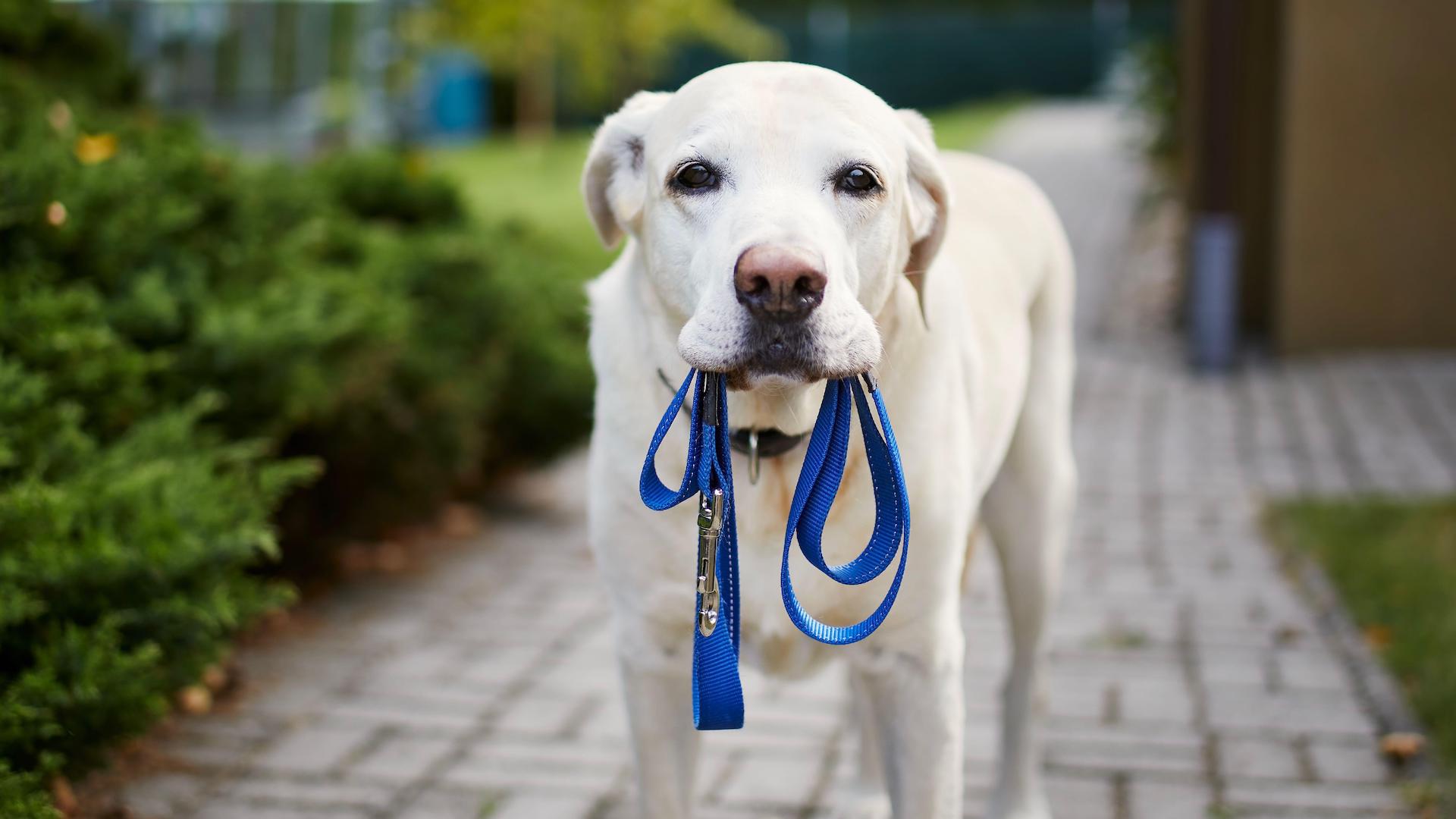
Of course, you love your dog – that’s not under debate, but here are a few things your dog hates that you might be doing. You feed them healthy treats, buy them the best dog toys, and maybe even let them nap on the sofa. But despite your best intentions, there’s a high chance you’re doing several things that secretly drive your pup up the wall.
Don’t panic, this isn’t a guilt trip! Most dog owners unwittingly commit these minor canine crimes daily – they’re annoying rather than alarming. But a little knowledge about what dogs do and don’t like goes a long way in keeping your four-legged friend happy and stress-free.
From irregular walking patterns to inconsistent house rules, there are plenty of things your dog wishes you’d stop doing. Some might come as a surprise, others will make you laugh, and a few may even make you rethink how you behave around your pup.
Let’s take a look at 20 things your dog wishes you’d stop doing to help you be the best dog owner you can...
Things your dog hates
1. Skipping walks ‘just this once’
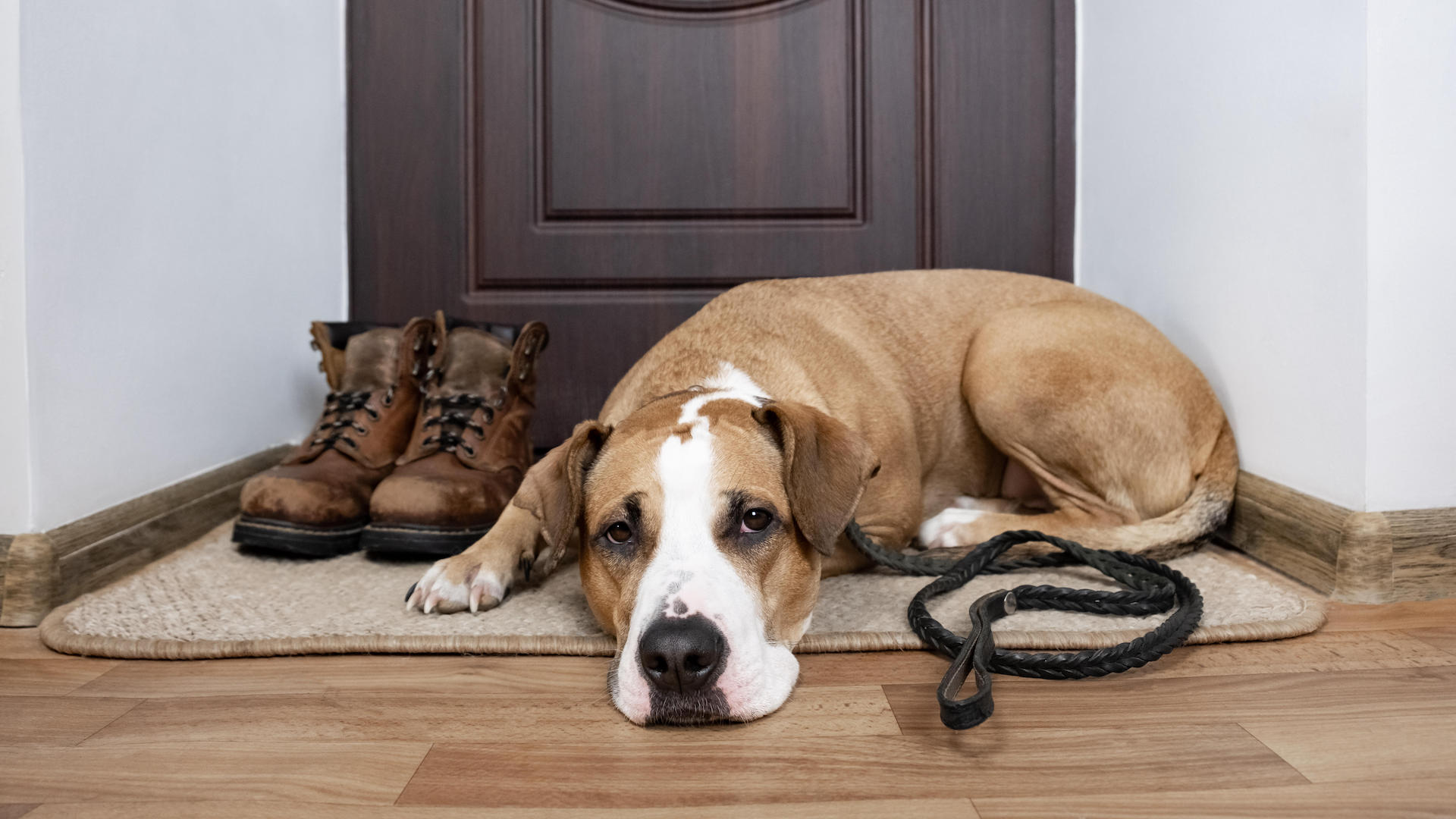
If there’s one thing guaranteed to put your dog in a sulk, it’s not going out for a walk. Many dogs will sit by the door wearing a beseeching expression or whine at you if they think you might have forgotten about their outing, and the more resourceful ones will even go and find their leash to remind you.
Of course, the length and frequency of walks will depend on the age, health, and individual activity levels of each dog, but daily walks are almost always essential for mental and physical stimulation. Don’t let your pup down.
If you're not feeling the magic of walking each day, why not try to build self-care into your dog walk? Listen to a book, a podcast, or even learn a new language to make it more enjoyable for you.
Get the best advice, tips and top tech for your beloved Pets
2. Inconsistent mealtimes
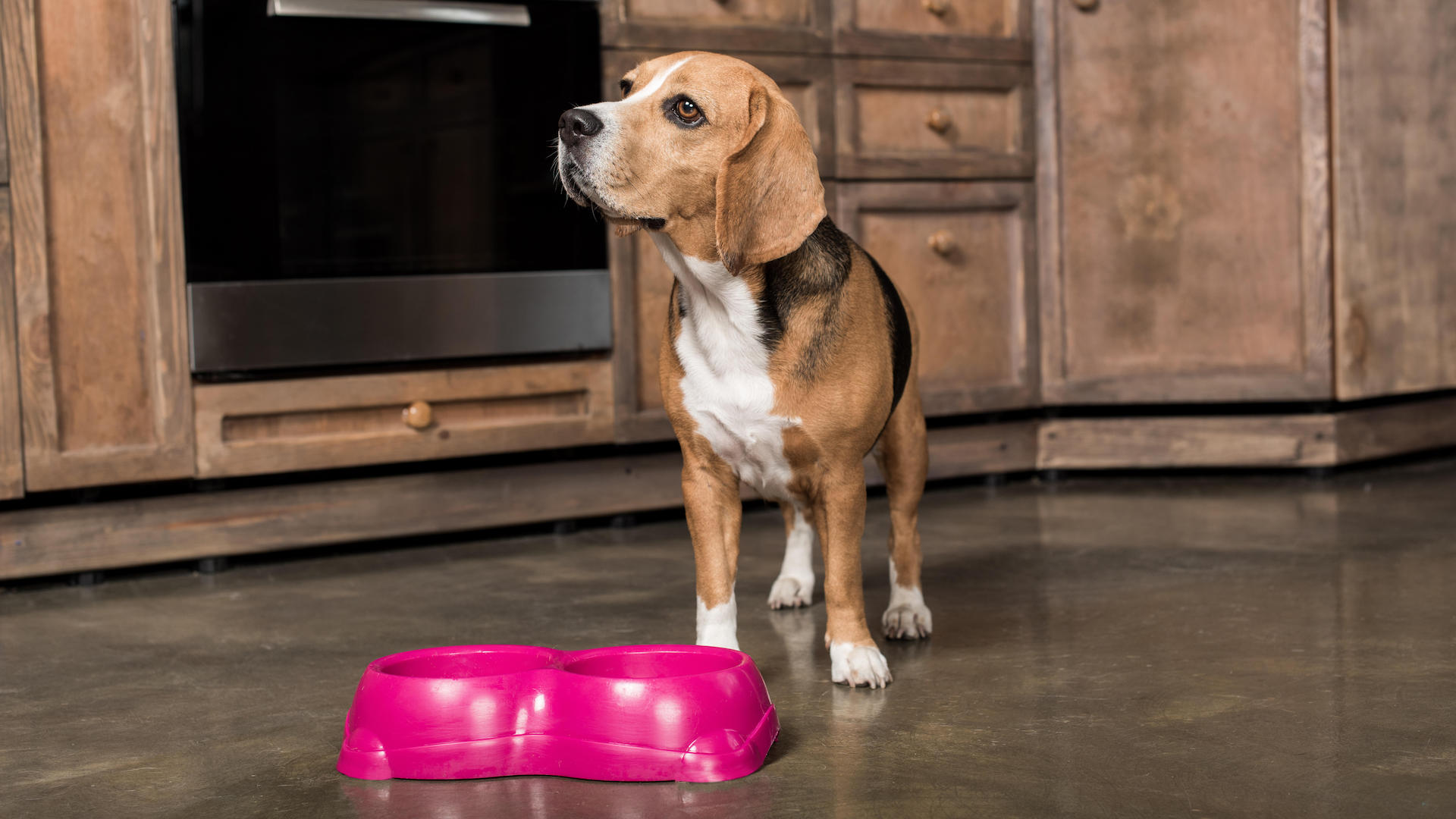
Although most adult dogs don’t require meals three times like we humans, they definitely get hungry – very! Sticking to a feeding schedule or routine will make sure that their meals are appropriately spaced, which is good for their digestion, bathroom habits and overall wellbeing.
It provides them with a sense of security and predictability, and can reduce anxiety related to food. You don’t want them getting “hangry”.
3. Forcing cuddles
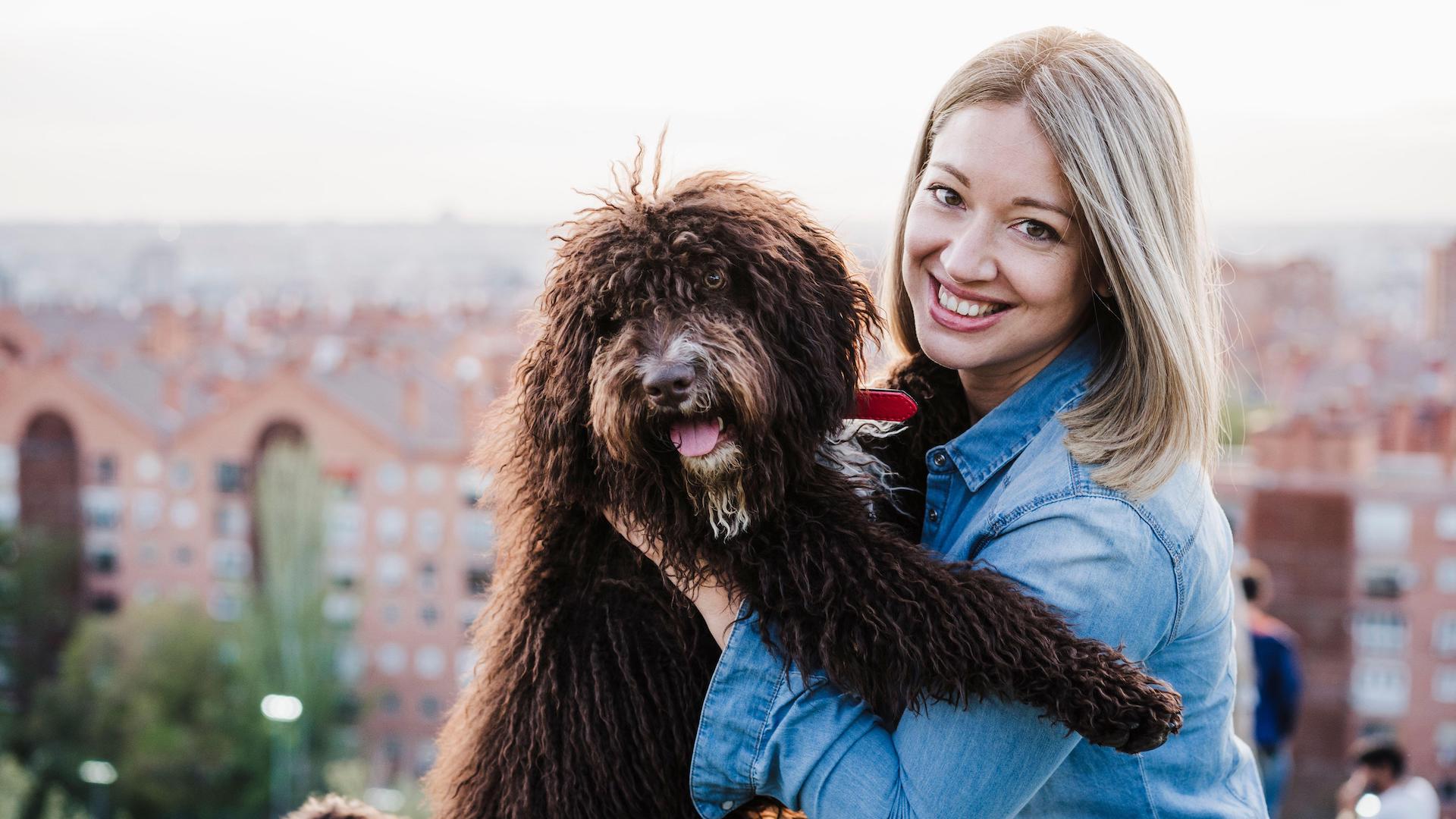
Some dogs love a cuddle, but by no means all. And however much you may enjoy picking your dog up for a hug, many canines do not like being carried. For the large breed dogs in particular, it can be uncomfortable, disorientating, and even painful. It tends to depend on both their breed and personality.
Look out for warning signs that your dog is stressed or not enjoying the physical affection as much as you are, such as turning his head away, licking his lips, and nervously looking around.
4. Wearing strong fragrances
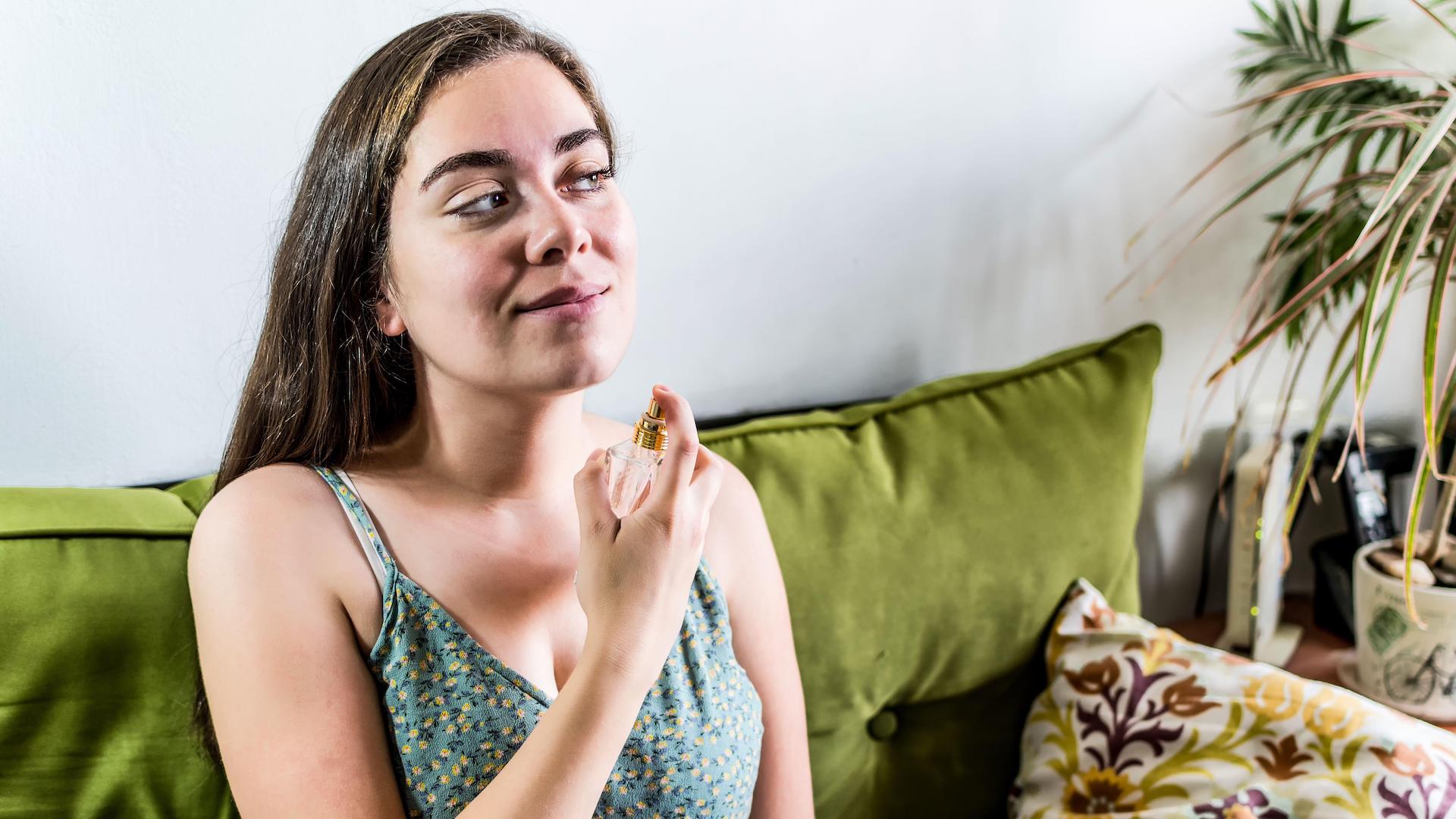
A doggy home isn’t always the most sweetly scented, so it’s understandable we might relish a spritz of a nice perfume that will waft around us. However, given that a dog’s sense of smell is vastly superior to a human’s, just imagine how overpowering our expensive sprays might be to their sensitive noses.
They can detect scents at incredibly low concentrations, and often find the strength of our perfumes overwhelming, irritating, and even stressful.
5. Leaving them alone
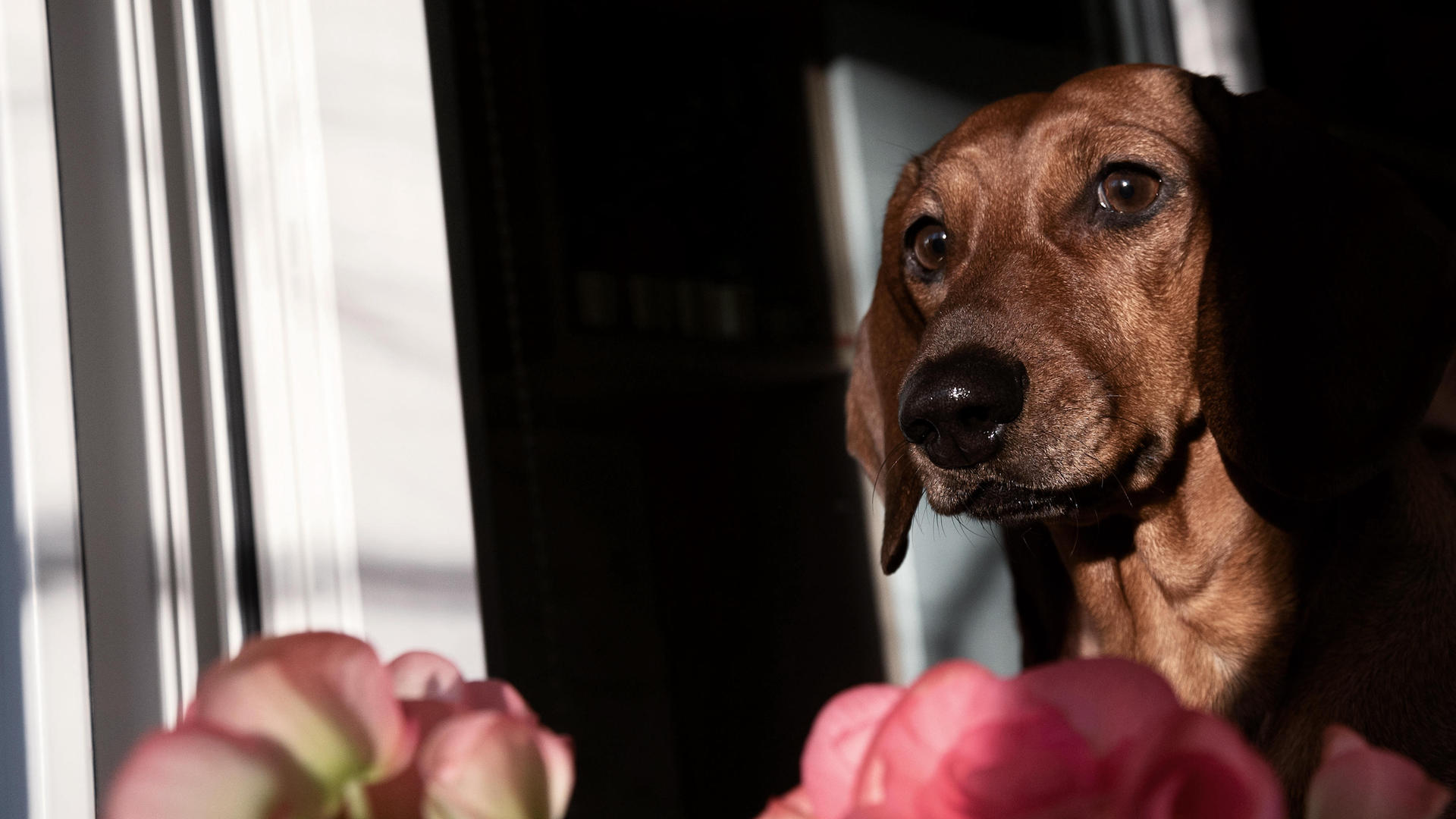
However independent your dog might like you to think he is when he dashes off on a walk, they are pack animals who thrive on company. Many dogs suffer separation anxiety. Remember, when you leave the house, they have no idea whether you’ll be out for two minutes or two hours.
Often, you will not know how anxious it makes them, because you aren’t there to see it, unless you have a pet camera. Some dogs leave evidence of their distress, such as a wake of destruction, or they let the neighbours know about it by barking and howling.
How long a dog can be left alone is down to the individual dog, but the RSPCA recommends no longer than four hours for a confident adult canine. For dog breeds most likely to suffer from separation anxiety, you'll want to build up to four hours slowly.
6. Inconsistent house rules
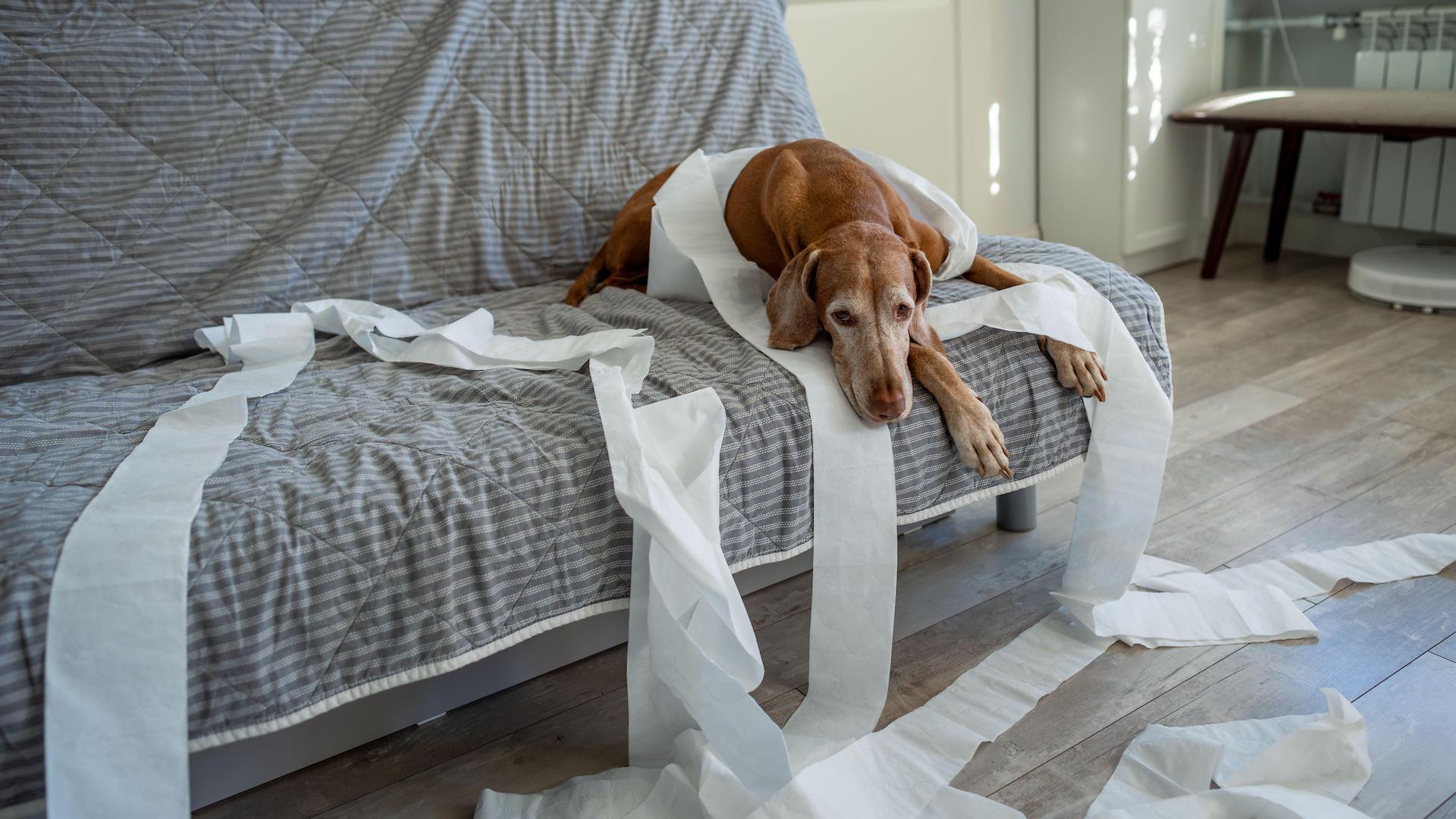
We’ve all done it – one day we let our pup onto the sofa, the next day he is told to sleep on the floor. Dad lets him upstairs, Mom says that’s out of bounds. Does he need to wait for a command before he eats his food, or can he grab the bowl straight out of your hand?
Often in larger families, different members allow or encourage different behaviors. It’s no wonder our dogs get confused! Stick to established house rules, and everyone knows where they stand.
7. Being glued to your phone
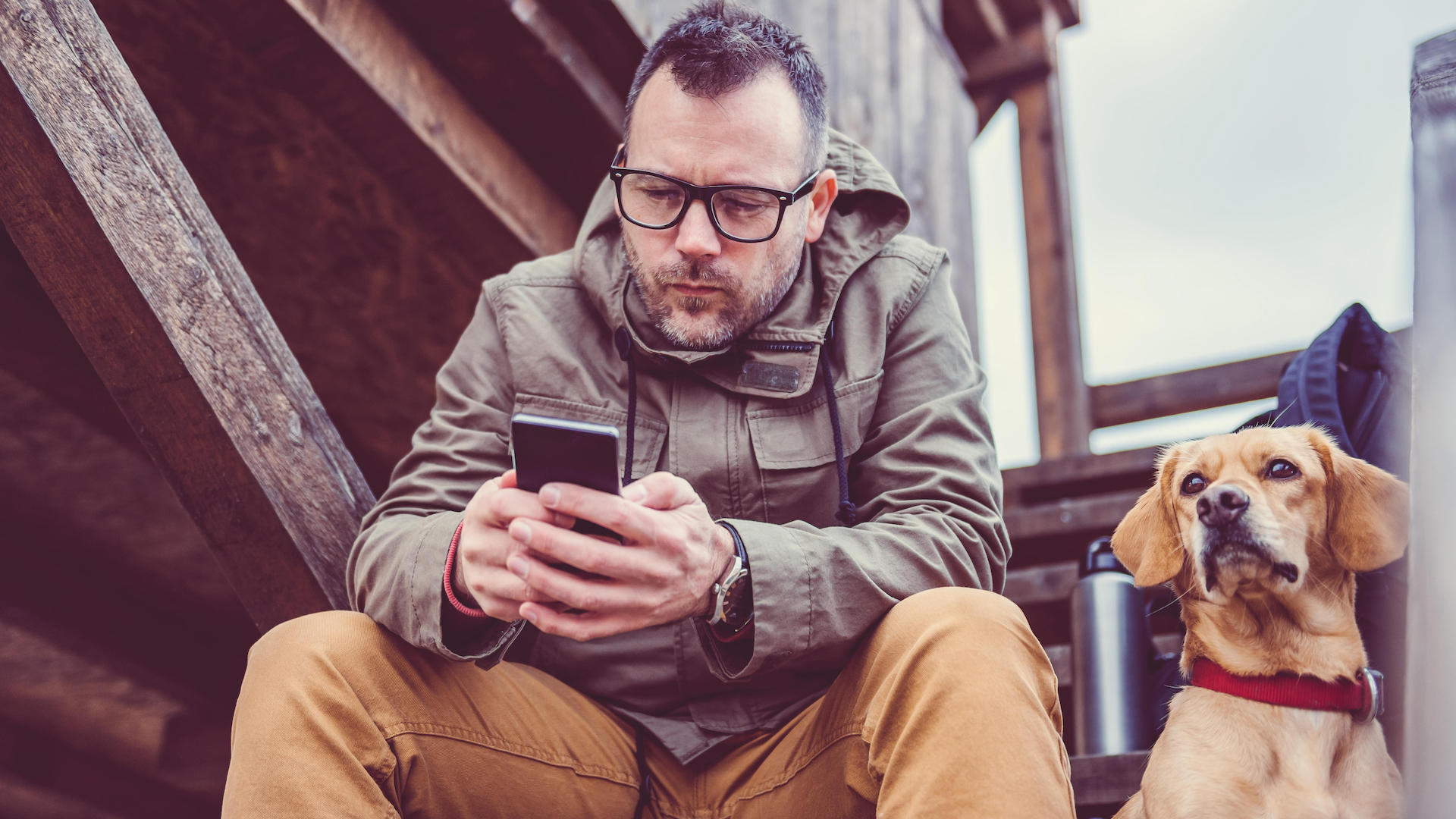
We all know what it’s like when you are trying to spend some quality time with a friend and they keep checking their phone. Your dog’s walking time is the highlight of their day.
Don’t scroll and stroll, or they’ll find other things to play with, and you can only blame yourself when they don’t come to heel.
8. Ignoring their body language
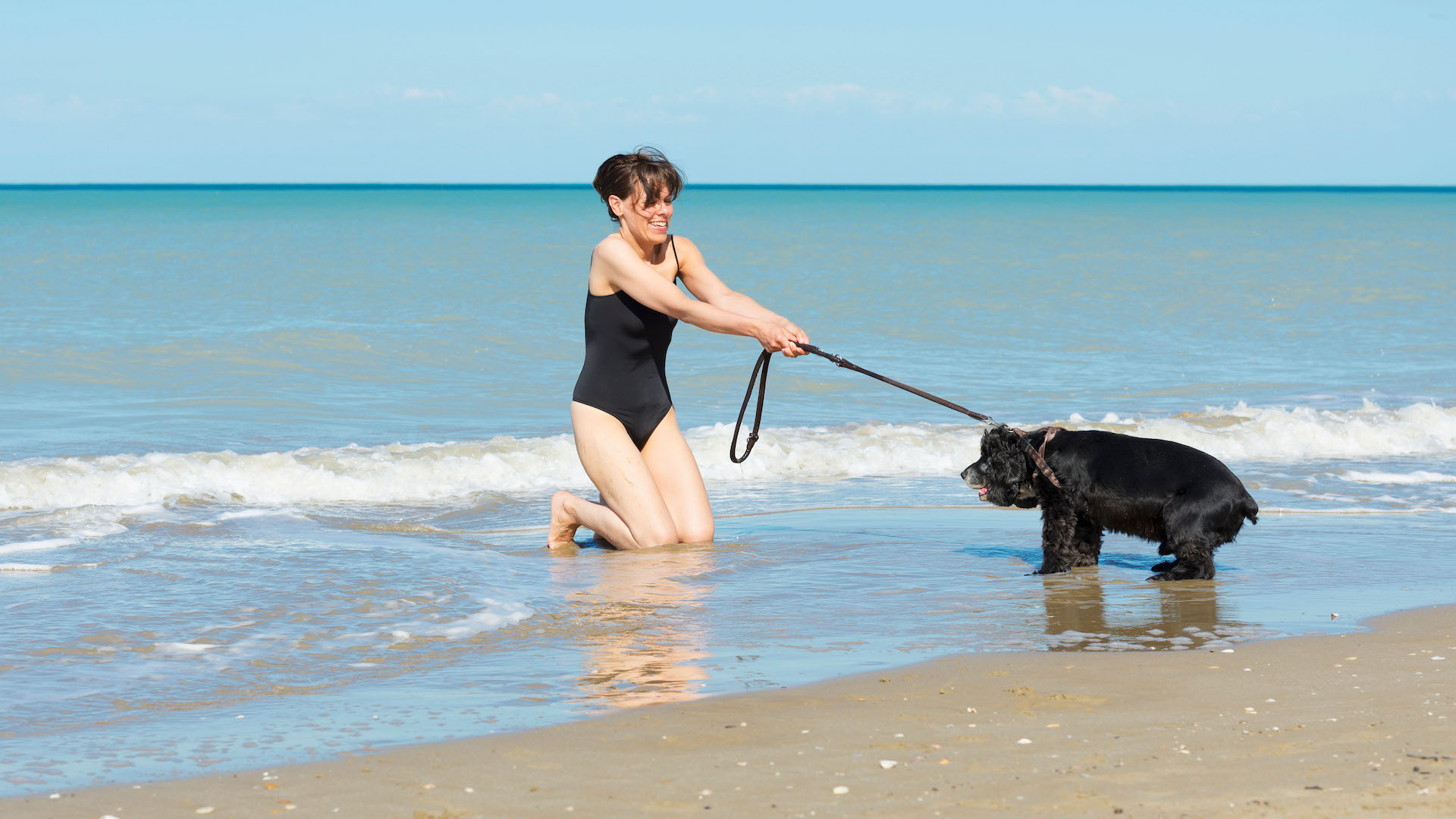
Our dogs cannot talk, so we need to be experts in reading their body language. The better we know our dogs, the more we observe them, the more we will be able to understand what they are trying to communicate.
Find out how your dog expresses anxiety, happiness, fear, and excitement, and you’ll know when to encourage, soothe, or be firm.
9. Strong reprimands
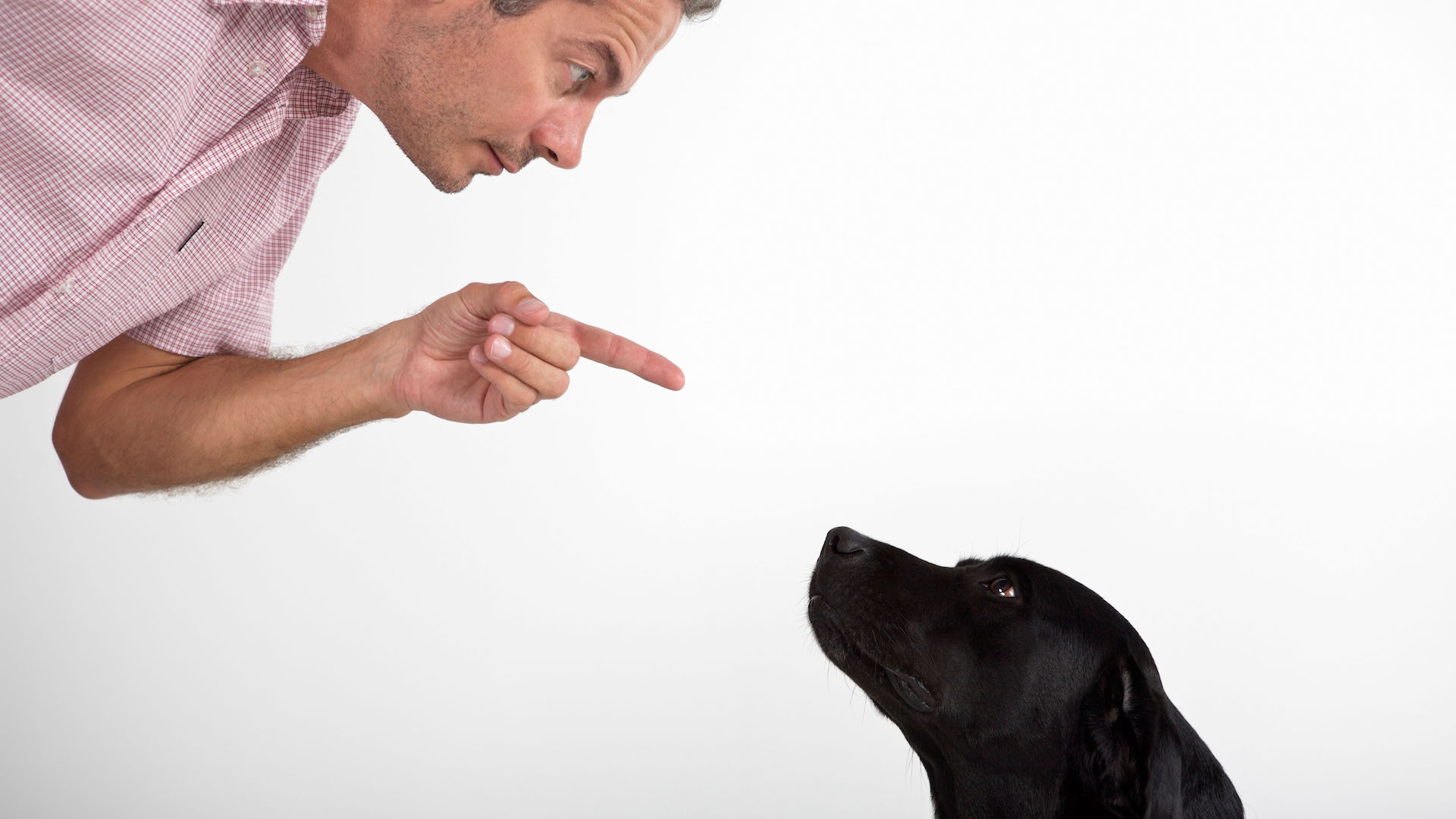
Dogs do need to learn right from wrong, but equally there is a right and a wrong way to do it. An immediate, brief verbal reprimand, such as a sharp “no” or a clap, can be very effective.
Physical punishment, yelling, or emotional abuse is never acceptable, nor is scolding the dog long after the event, as they will not associate their mistake. This will cultivate a relationship based on fear and anxiety.
And be consistent. Dogs learn through repetition, which is impossible if the goalposts keep moving.
10. Too much downtime
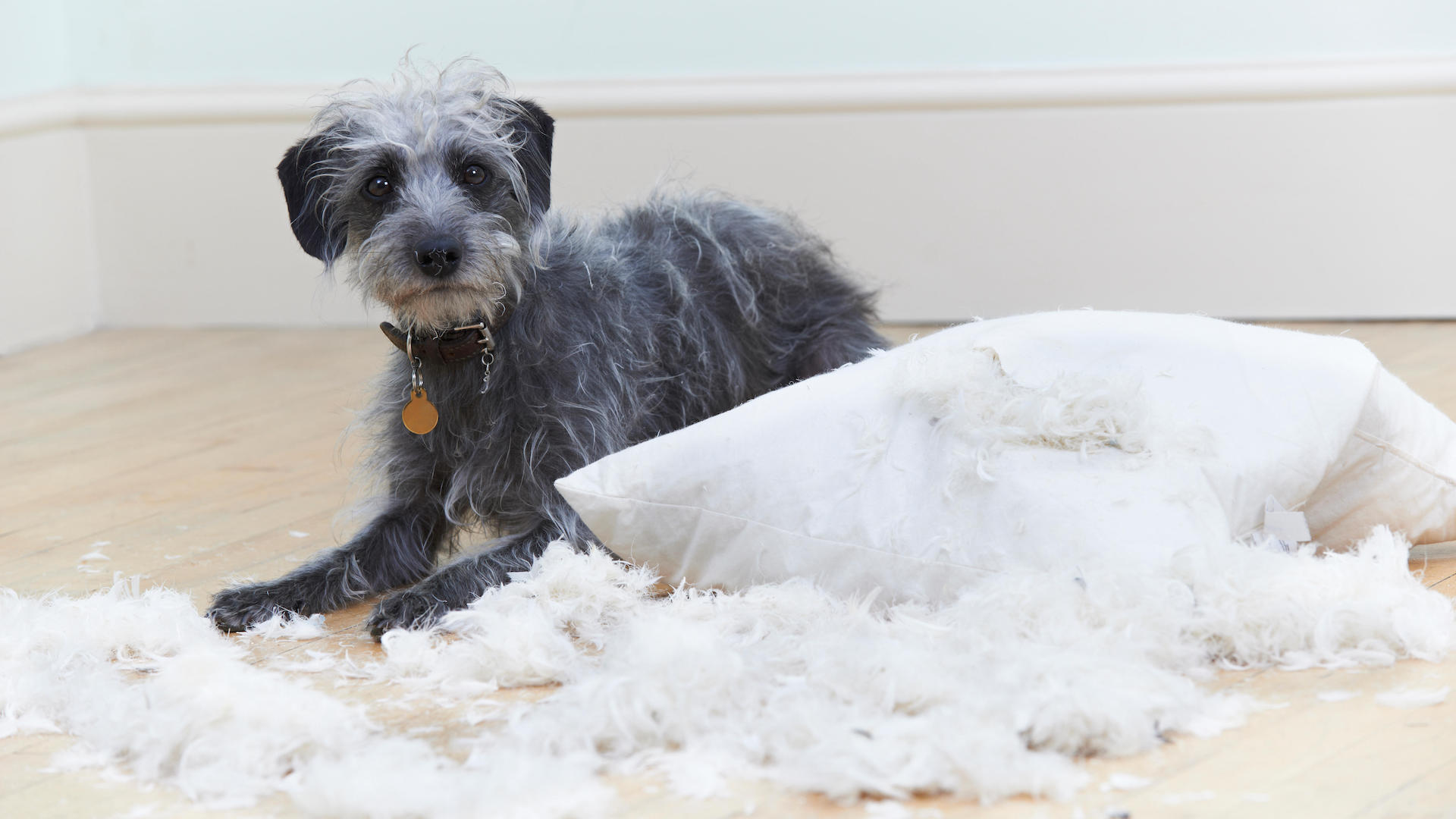
Rest and relaxation are all well and good, but not if the dog has had no activity all day. Mental and physical stimulation on a regular, daily basis is vital for the health and wellbeing of your dog.
Those with nothing to do are prone to developing behavioral problems and destructive tendencies as they vent their frustration – or even depression, as their busy bodies are left inactive.
11. Insufficient socialization
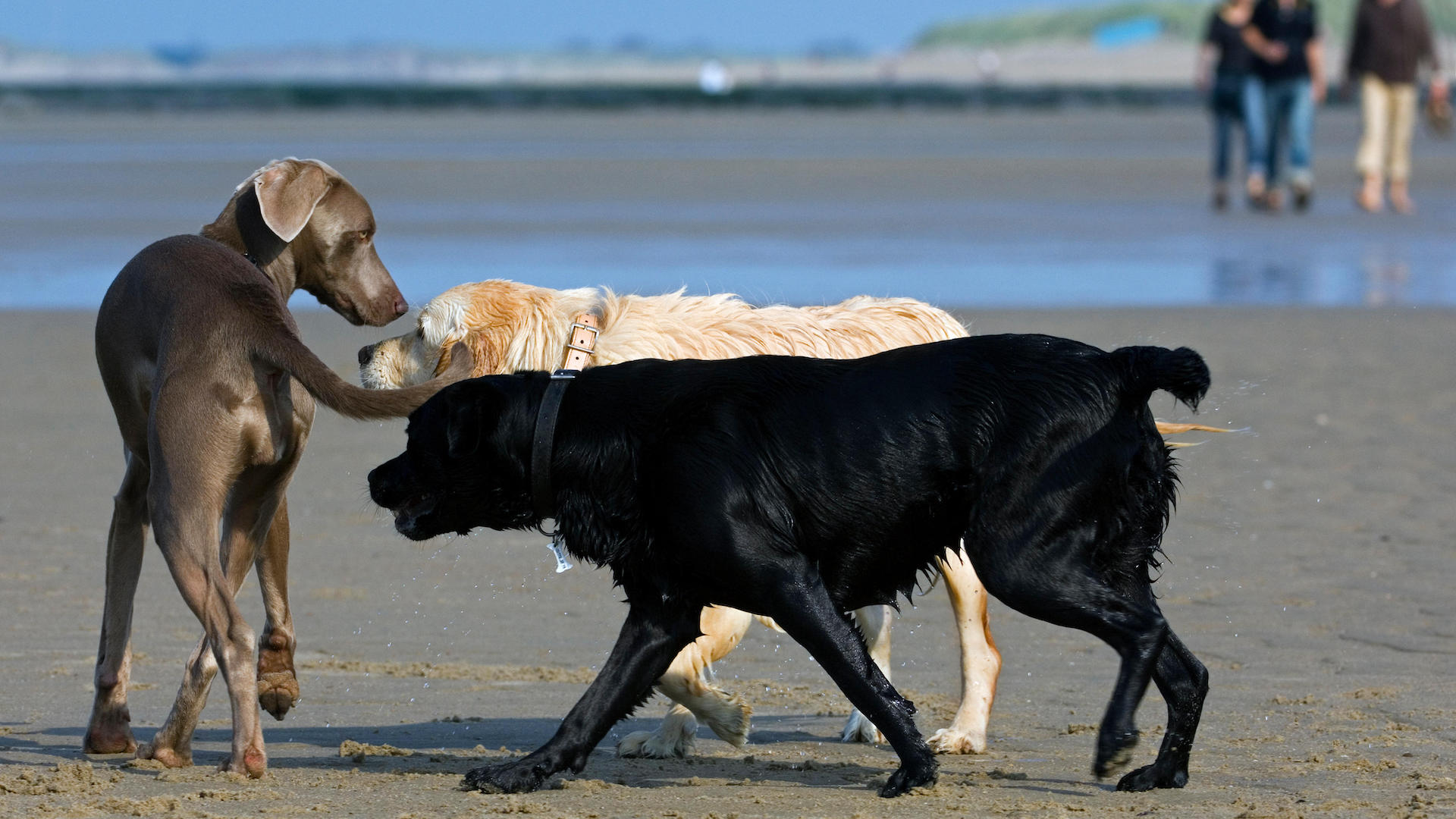
Dogs need socialization. The most critical time for puppies to start meeting other dogs and people is before 14 weeks old. This will help them to develop into confident, happy and well-adjusted adult dogs. They need to experience sights, smells, sounds and situations to learn how to react appropriately.
If they have not had this background, they may grow into dogs that find social situations overwhelming.
12. Overfeeding
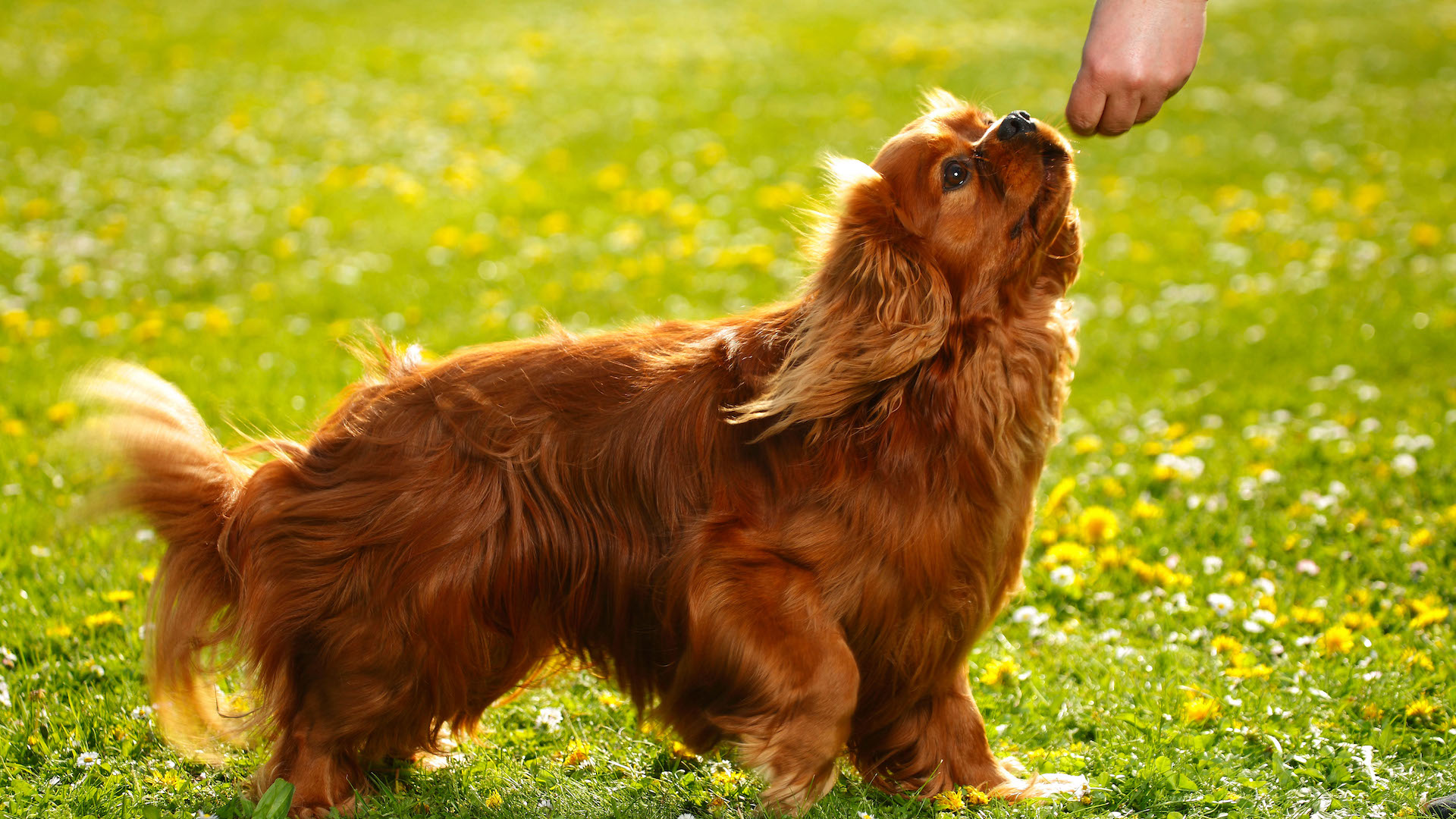
Dogs may kid us into thinking they want more food and endless treats, but the reality is that we’d be killing them with kindness. Obesity in dogs is on the rise. A pet obesity survey in the US found that 59% of dogs are obese.
As natural scavengers, many dogs will just keep eating, so it’s our duty to make sure we keep both their food intake at meals and the additional treats within a healthy quota.
13. Crate punishment
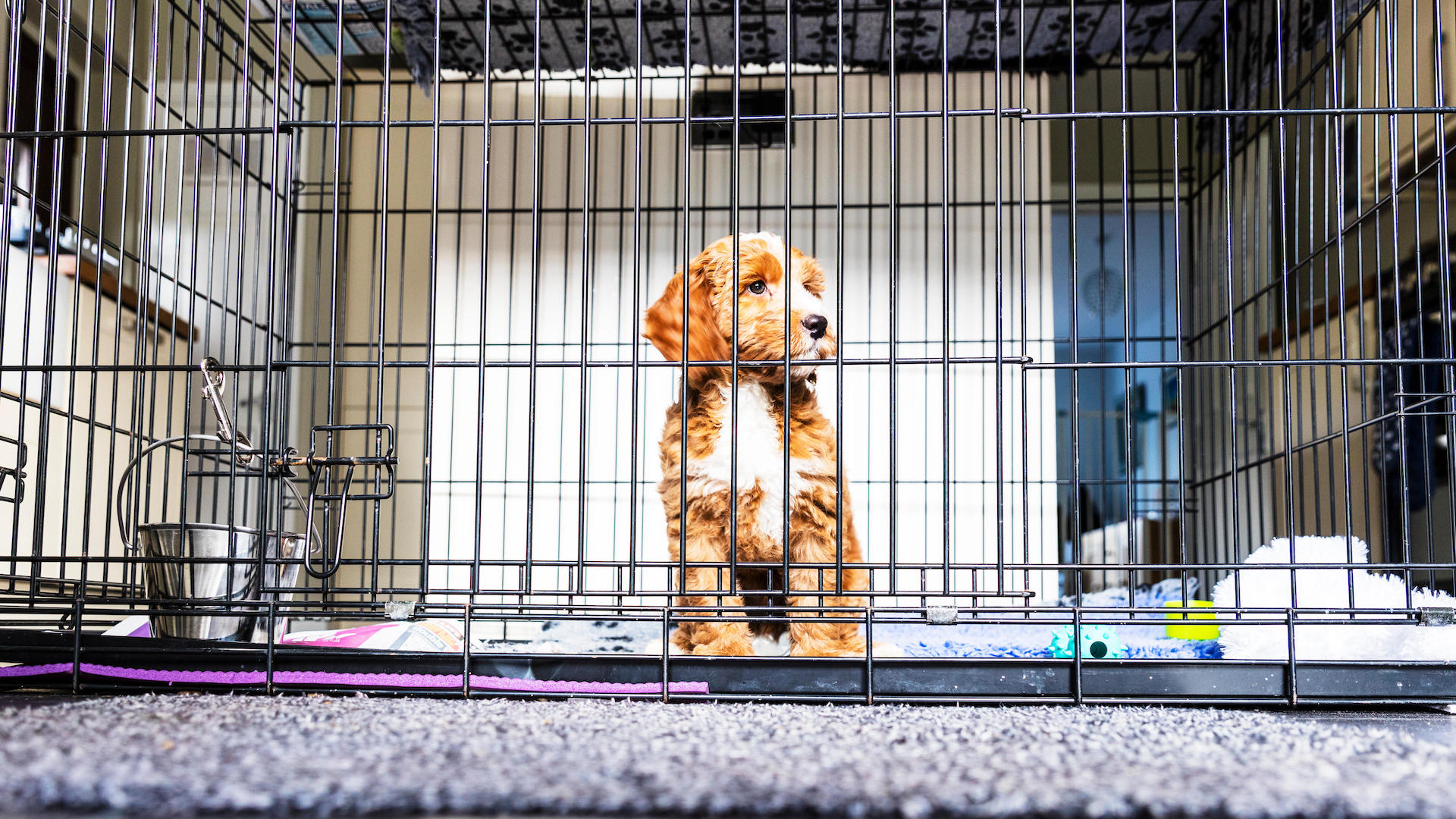
A dog’s crate is his haven, not a punishment. Using it to reprimand a dog can lead to negative associations and anxiety, when it should be somewhere he finds restful and comfortable.
A crate may be used for sleeping and travelling, so it should always be a place that the dog wants to go into willingly.
14. Surprises
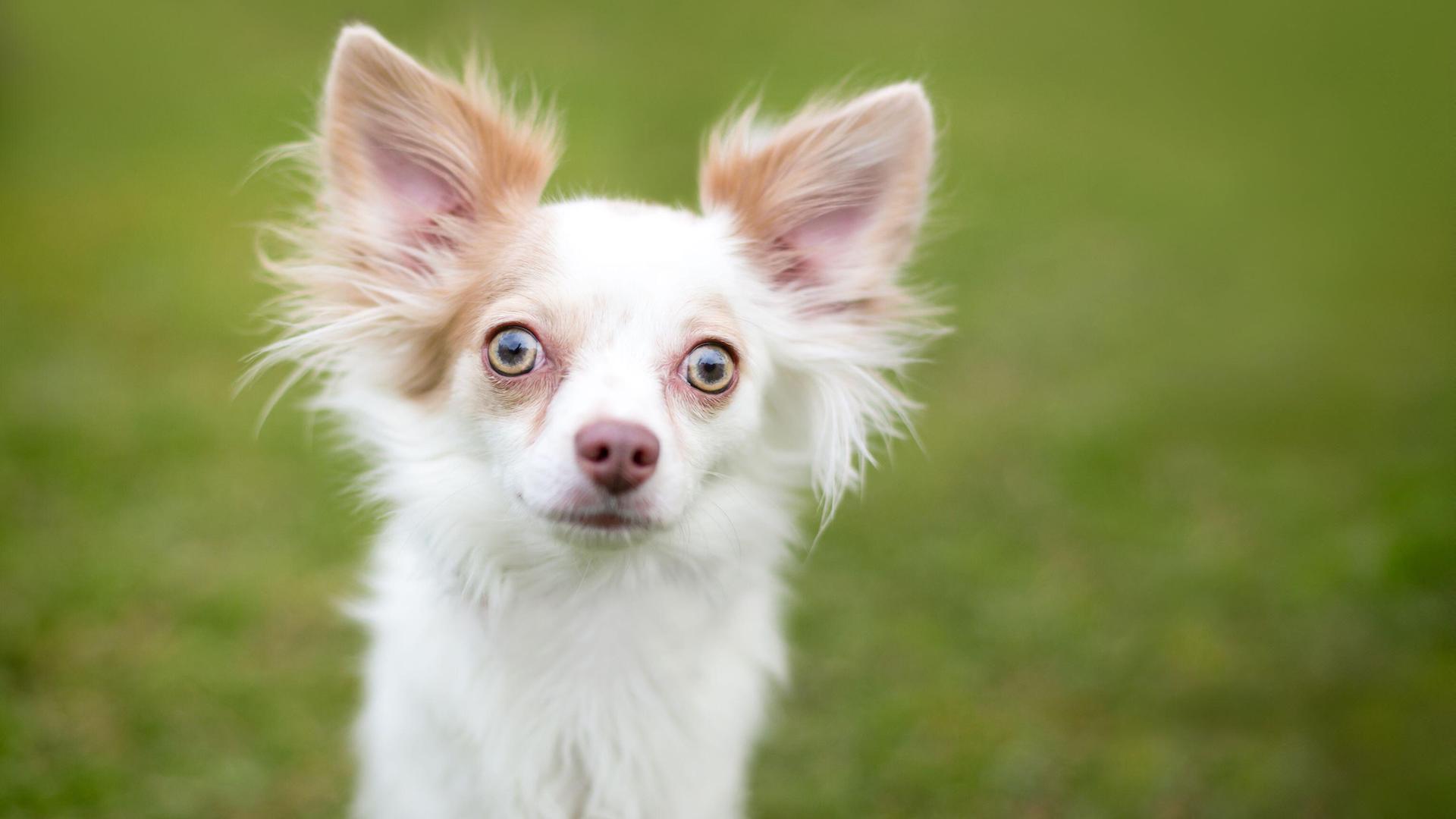
As a general rule, dogs don’t love surprises. They thrive on routine, familiar environments, and no sudden shocks. However, some dogs are more sensitive and wary than others.
Most dogs enjoy subtle changes to their routine, such as a different walking location or a new toy.
15. Leaving the TV or stereo on full blast
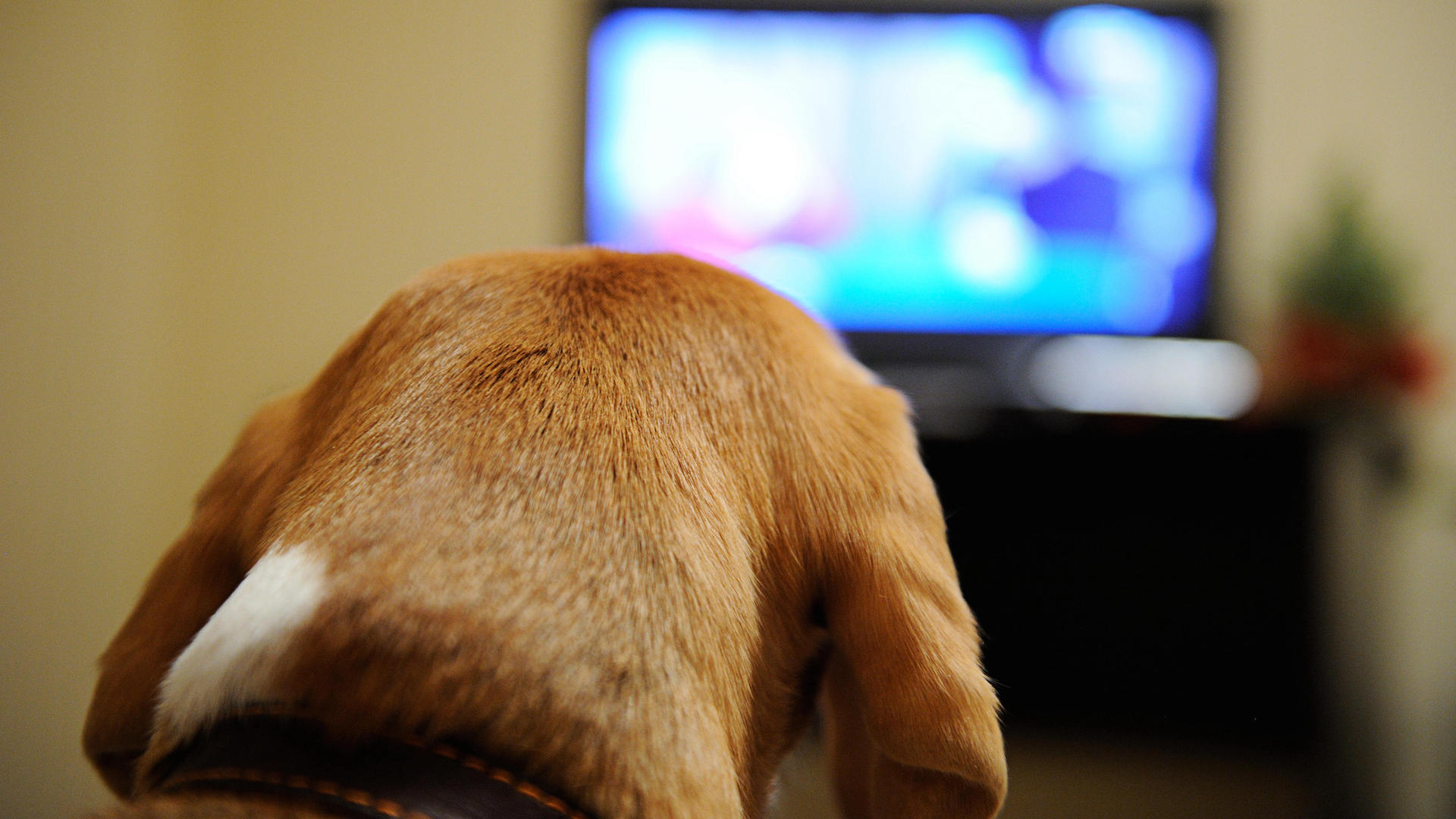
We may manage to block out background noise, such as the TV blaring. Dogs’ ears have a wider frequency range, so they can hear more than we do, and may be upset by certain TV noises, especially loud or unexpected ones. So long as the volume is low, it shouldn’t be a problem.
16. Pulling on the leash
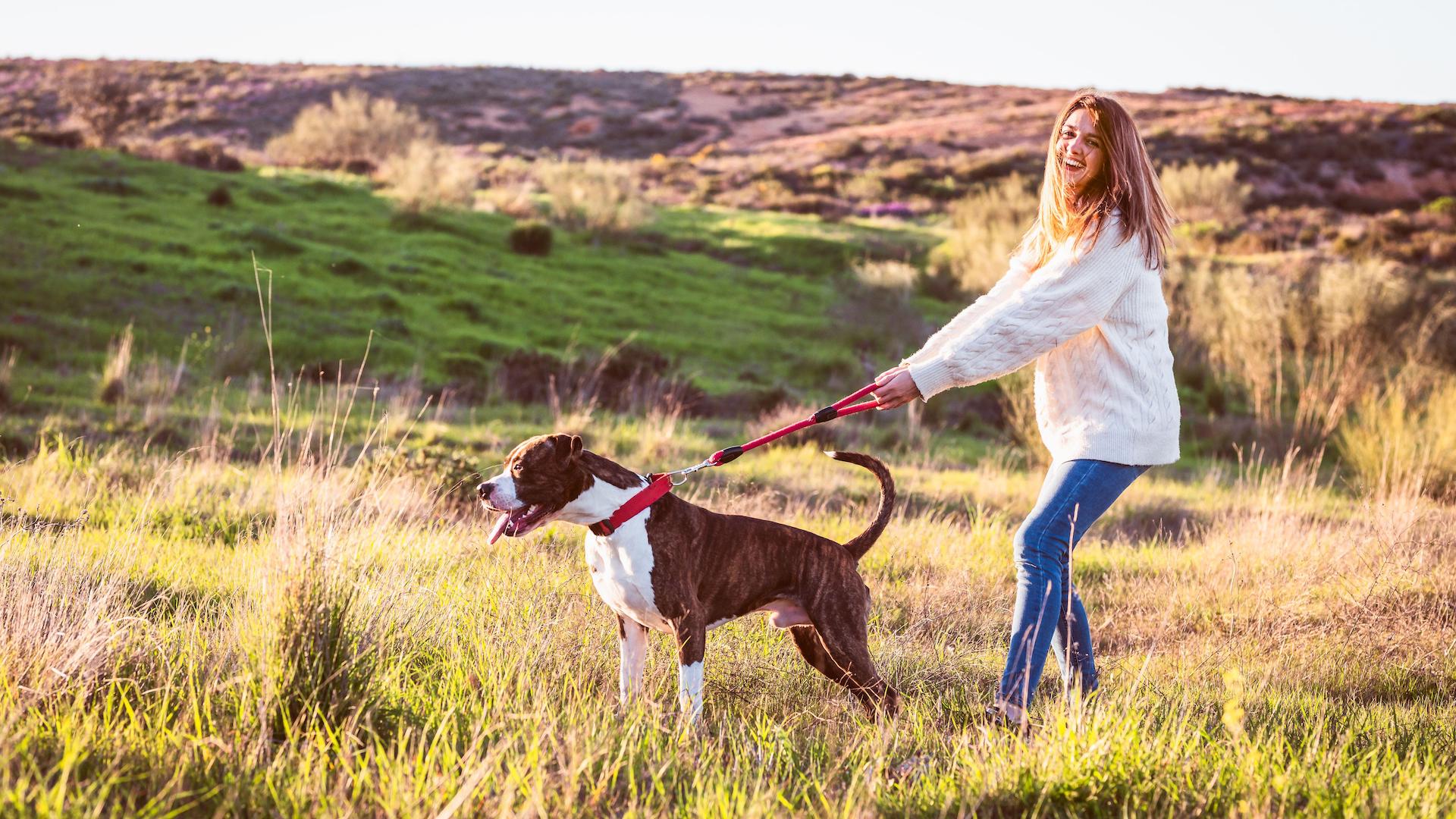
The feeling is mutual when it comes to pulling on the leash. We hate it when our dog pulls our arms out, he hates it when we gag him with the leash or collar. The solution is, of course, training your dog not to pull, but it requires a lot of patience and consistency with strongest dogs, so be prepared for the long haul.
17. Being too busy

Your dog wants to spend time with you. They aren’t a tennis racket to be left in the corner until you want to play with them. Nor do they want to be left alone all day while you’re out at work.
Before getting a dog, you should question your lifestyle to see if there is space to give the necessary time for walks, training, mental stimulation, and play on a daily basis. And if you have made that commitment, stick to it. Make time for your dog, however busy you are.
18. Laughing at their phobias
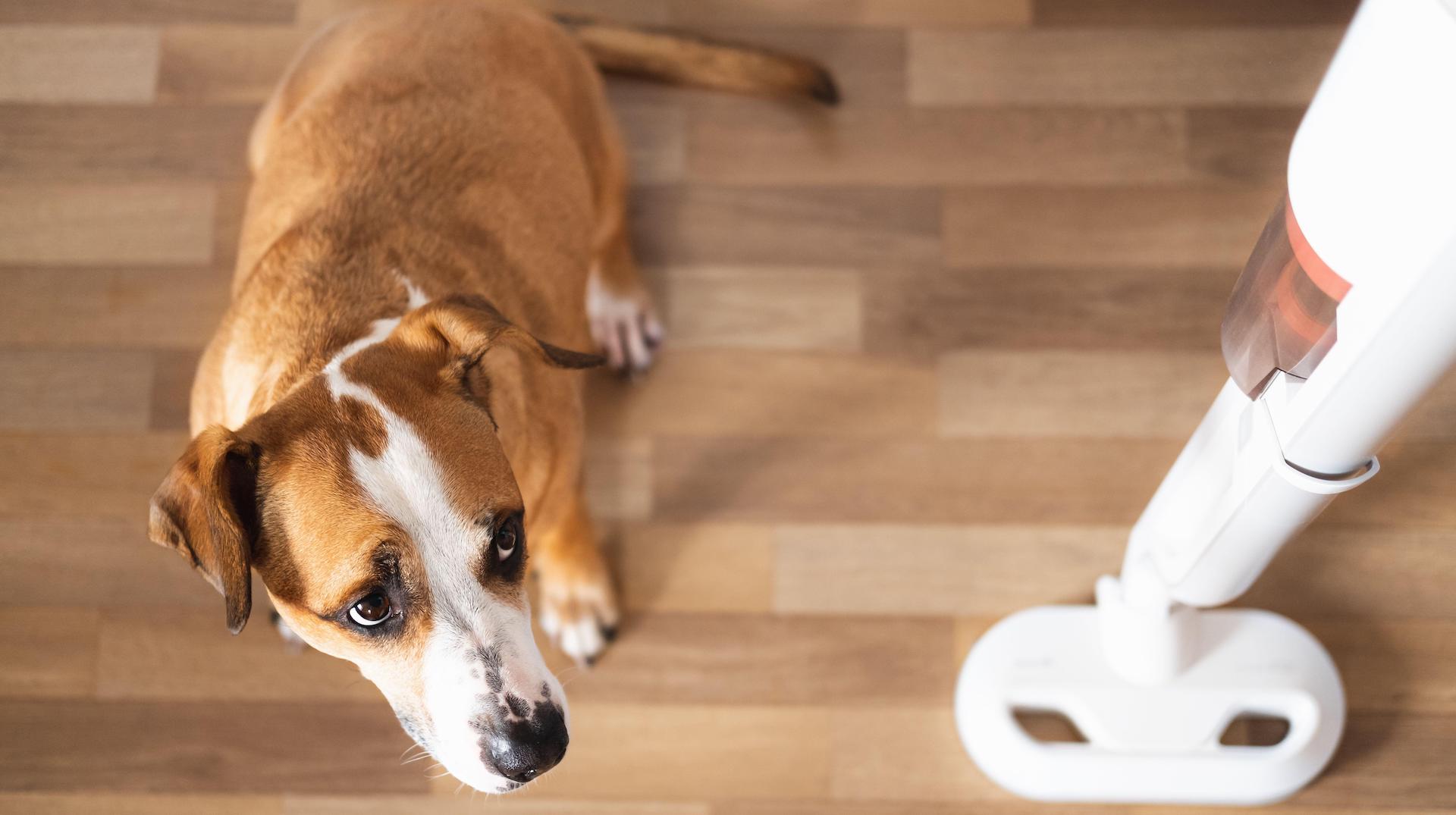
It’s cute when a dog startles themselves spotting their reflection in a puddle, or retreats behind the sofa when the vacuum cleaner comes out. But it’s probably best if we don’t laugh at their phobias.
While there is some evidence that dogs can recognise tone and mood without really understanding the nuances, anecdotally many owners report that their dog displays signs of embarrassment and humiliation when they are the butt of the joke.
We know to refrain from mocking children – let’s afford our dogs the same respect!
19. Waking them up abruptly

The adage “let sleeping dogs lie” dates back to the 14th century and still holds true today. While it might mean that we should avoid stirring up trouble, waking a sleeping dog suddenly can trigger a startle reflex, potentially causing them to jump, scratch, or even bite out of self-defence or fear.
If you need to wake them, it’s best to approach them gently, using your voice.
20. Not being present
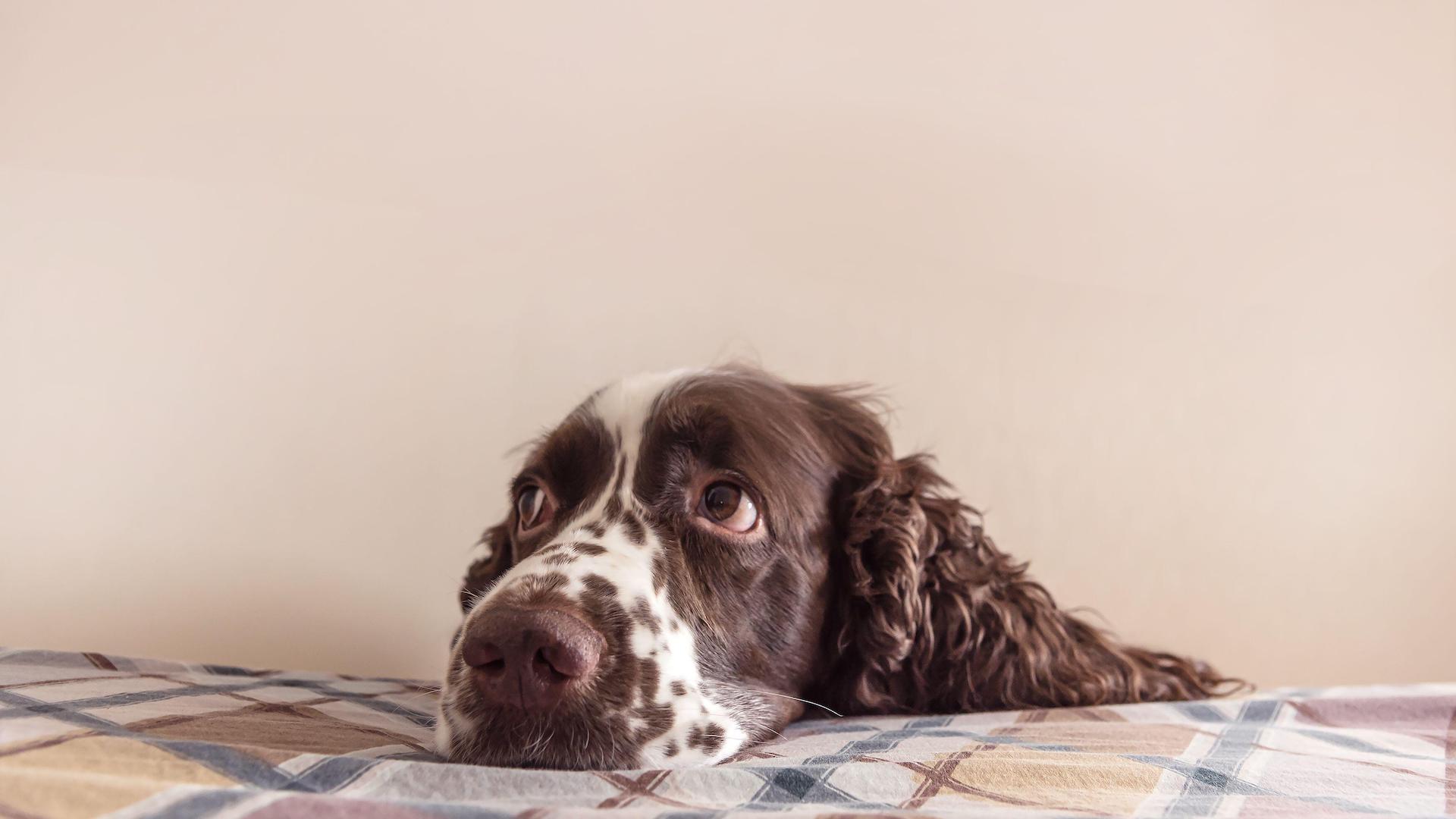
Sometimes we are in the house, but “nobody’s home” – we are present in body but not in mind. Dogs love relationships. They want to be with us and to interact. Not only do they need their daily walk, meals, and to go to the bathroom, but they also crave our involvement in their lives.
Don’t just go through the motions – a dog’s love is the most selfless, affectionate, and unconditional relationship you will find. There’s a reason they’re known as man’s best friend – and we should reciprocate.
Edited by Georgia Guerin and Alexis de Leaver.
This feature was last updated in May 2025 by Martha Terry.
Martha is an experienced journalist working in both print and digital media. She specializes in the canine, equine and rural sphere where she has covered a wide range of topics from cloning animals and the ingredients for a perfect yard dog, to helping owners find the best canine GPS trackers on the market. When she’s not busy writing about dogs and horses, she’ll be found either aboard a horse or looking after the menagerie of pets in her care.
